了解PHP底层开发原理:图片处理和图像识别实践方法探究
 发布于2023-10-14 阅读(0)
发布于2023-10-14 阅读(0)
扫一扫,手机访问
了解PHP底层开发原理:图片处理和图像识别实践方法探究
导语:
随着互联网的普及和发展,图像处理和图像识别已经成为了一个热门的话题。对于开发人员来说,了解PHP底层的开发原理以及掌握图片处理和图像识别的实践方法,可以帮助我们在网站开发中更好地应用这些技术。本文将介绍PHP底层的开发原理,以及通过代码示例探究图片处理和图像识别的实践方法。
一、PHP底层的开发原理
首先,我们需要了解PHP底层的开发原理。PHP是一种服务器端的脚本语言,可以用于开发动态网站和Web应用程序。PHP底层的开发原理主要包括以下几个方面:
- PHP的内核:PHP的内核是PHP语言的执行引擎,负责解释和执行PHP代码。PHP的内核主要是由C语言编写的,通过编译器将PHP代码解析成可被机器执行的指令集。
- 扩展和模块:PHP提供了丰富的扩展和模块,可以扩展PHP的功能。这些扩展和模块可以使用C语言编写,然后通过PHP的扩展机制加载到PHP中,以实现一些特定的功能。
- 图像处理和图像识别库:PHP提供了一些图像处理和图像识别的库,这些库可以用于处理图像、实现图像识别等功能。常用的图像处理和图像识别库包括GD库和OpenCV库等。
二、图片处理的实践方法
图片处理是在PHP中对图片进行一些处理操作,比如图片的缩放、裁剪、旋转、水印等。下面通过代码示例来介绍图片处理的实践方法。
- 图片缩放:使用GD库可以很方便地对图片进行缩放操作。以下是一个简单的代码示例:
<?php // 要缩放的图片路径 $src_image = 'original.jpg'; // 缩放后的图片路径 $dst_image = 'thumbnail.jpg'; // 缩放的宽度 $width = 200; // 缩放的高度 $height = 200; // 创建源图片的资源 $src = imagecreatefromjpeg($src_image); // 创建缩略图的资源 $dst = imagecreatetruecolor($width, $height); // 缩放图片 imagecopyresampled($dst, $src, 0, 0, 0, 0, $width, $height, imagesx($src), imagesy($src)); // 保存缩略图 imagejpeg($dst, $dst_image); // 释放资源 imagedestroy($src); imagedestroy($dst); ?>
- 图片裁剪:使用GD库可以对图片进行裁剪操作。以下是一个简单的代码示例:
<?php // 要裁剪的图片路径 $src_image = 'original.jpg'; // 裁剪后的图片路径 $dst_image = 'cropped.jpg'; // 裁剪的起点坐标 $x = 100; $y = 100; // 裁剪的宽度 $width = 200; // 裁剪的高度 $height = 200; // 创建源图片的资源 $src = imagecreatefromjpeg($src_image); // 创建裁剪后的图片的资源 $dst = imagecreatetruecolor($width, $height); // 裁剪图片 imagecopy($dst, $src, 0, 0, $x, $y, $width, $height); // 保存裁剪后的图片 imagejpeg($dst, $dst_image); // 释放资源 imagedestroy($src); imagedestroy($dst); ?>
三、图像识别的实践方法
图像识别是利用机器学习和人工智能的算法来识别图像中的对象或特征。下面通过代码示例来介绍图像识别的实践方法。
- 图像分类:利用深度学习算法,可以实现图像分类的功能。以下是一个简单的代码示例:
<?php // 要分类的图片路径 $image = 'sample.jpg'; // 预训练好的模型路径 $model = 'model.pb'; // 加载模型 $tensorflow = new TensorflowTensorflow(); $graph = $tensorflow->createGraph(); $graph->import($model); // 读取图片 $image_data = file_get_contents($image); $image_tensor = $graph->tensor(TensorflowTensor::TENSOR_UINT8, [1, imagesx($image_data), imagesy($image_data), 3]); $image_tensor->load($image_data); // 输入图片进行分类 $result = $tensorflow->run($graph, ['input' => $image_tensor], ['output']); $output_tensor = $result['output']; // 获取分类结果 $categories = ['cat', 'dog', 'car', 'flower']; $category_index = $output_tensor->argMax(); $category = $categories[$category_index]; // 输出分类结果 echo "This image is classified as: " . $category; // 释放资源 $graph->delete(); $tensorflow->delete(); ?>
- 目标检测:利用深度学习算法,可以实现图像中目标的检测。以下是一个简单的代码示例:
<?php
// 要检测的图片路径
$image = 'sample.jpg';
// 预训练好的模型路径
$model = 'model.pb';
// 加载模型
$tensorflow = new TensorflowTensorflow();
$graph = $tensorflow->createGraph();
$graph->import($model);
// 读取图片
$image_data = file_get_contents($image);
$image_tensor = $graph->tensor(TensorflowTensor::TENSOR_UINT8, [1, imagesx($image_data), imagesy($image_data), 3]);
$image_tensor->load($image_data);
// 输入图片进行目标检测
$result = $tensorflow->run($graph, ['image' => $image_tensor], ['detection_boxes', 'detection_scores', 'num_detections']);
$boxes = $result['detection_boxes']->tolist();
$scores = $result['detection_scores']->tolist();
$num_detections = $result['num_detections']->toArray();
// 输出检测结果
for ($i = 0; $i < $num_detections; $i++) {
if ($scores[$i] > 0.5) {
echo "Detected object at position: " . implode(', ', $boxes[$i]) . "
";
}
}
// 释放资源
$graph->delete();
$tensorflow->delete();
?>结语:
本文介绍了PHP底层的开发原理,并通过代码示例探究了图片处理和图像识别的实践方法。希望通过本文的介绍,能够对开发人员了解PHP底层开发原理以及掌握图片处理和图像识别的实践方法有所帮助。在实际项目中,可以根据具体需求来选择适合的图片处理和图像识别方法,并合理应用于项目中,提高用户体验和网站功能。
产品推荐
-

售后无忧
立即购买>- DAEMON Tools Lite 10【序列号终身授权 + 中文版 + Win】
-
¥150.00
office旗舰店
-

售后无忧
立即购买>- DAEMON Tools Ultra 5【序列号终身授权 + 中文版 + Win】
-
¥198.00
office旗舰店
-

售后无忧
立即购买>- DAEMON Tools Pro 8【序列号终身授权 + 中文版 + Win】
-
¥189.00
office旗舰店
-

售后无忧
立即购买>- CorelDRAW X8 简体中文【标准版 + Win】
-
¥1788.00
office旗舰店
-
正版软件
- 放弃Golang:一个开发者的不再选择
- 放弃Golang编程:开发者的心路历程近年来,Golang(Go)作为一种强大且高效的编程语言,备受开发者们的青睐。其简洁的语法、快速的编译速度以及并发处理能力,使其成为众多软件工程师选择的首选编程语言之一。然而,就像任何其他技术一样,Golang也并非适用于所有开发场景,在一些特定的情况下,开发者们可能会选择放弃Golang,转向其他编程语言。本文将从开发
- 8分钟前 Golang 放弃 心路 0
-
正版软件
- 探索WordPress:特色与应用场景解析
- 了解WordPress:功能及用途介绍WordPress是目前全球最流行的网站建设工具之一,它是一款开源的内容管理系统(CMS),可以让用户轻松地创建和管理网站。无论是个人博客、企业网站还是电子商务平台,WordPress都能够灵活应用,满足用户的各种需求。一、WordPress的功能介绍主题定制:WordPress提供丰富的主题库,用户可以根据自己的需求选
- 23分钟前 功能介绍 用途说明 0
-
正版软件
- PHP 的优点和缺点在中文简繁转换上
- PHP是一种通用的脚本语言,主要用于服务器端的Web开发。简体转中文是一种常见的需求,特别是在开发多语言网站或应用的时候。本文将探讨PHP简体转中文的优势与劣势,并提供一些具体的代码示例。优势:灵活性高:PHP本身就是一种灵活的语言,支持多种数据类型和操作。因此在进行简体转中文的操作时,可以方便地对字符串进行处理,包括截取、替换等操作。丰富的字符串处理函数:
- 38分钟前 中文 PHP 简体 0
-
正版软件
- 深入分析 Golang 微服务的优势和挑战
- Golang微服务的优势与挑战全面解析近年来,微服务架构在软件开发领域变得越来越流行,它可以将一个大型的应用程序拆分为多个小型的微服务,并通过各个微服务之间的通信协作来实现整体应用的功能。而作为一种高效、简洁的编程语言,Golang(即Go语言)在微服务架构中展现出了许多优势,同时也面临着一些挑战。优势高效的并发性能:Golang内置了轻量级的协程(go
- 48分钟前 Golang 微服务 优势 0
-
正版软件
- 解决PHP7下载PDF文件失败的问题
- 在进行网站开发过程中,有时候会遇到PHP7无法成功下载PDF文件的问题。这可能是由于服务器配置问题或者代码逻辑上的一些错误导致的。在本文中,将介绍一些解决PHP7无法成功下载PDF文件的方法,同时给出具体的代码示例来帮助解决这个问题。一、检查服务器环境配置首先,我们需要检查服务器的环境配置是否支持PDF文件的下载。确保服务器上安装了PDF相关的扩展,比如z
- 1小时前 12:04 PHP 文件下载 PDF 下载处理 PHP 文件流 0
最新发布
-
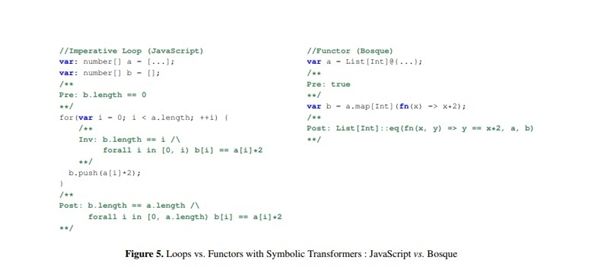 1
1
-
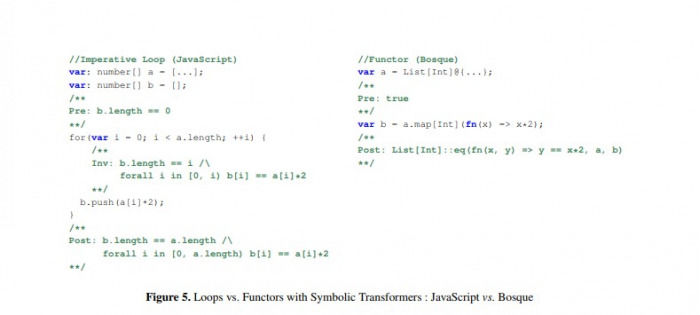 2
2
-
3
- Vue组件中如何处理图片预览和缩放问题
- 450天前
-
 4
4
-
 5
5
-
 6
6
- Python实战教程:批量转换多种音乐格式
- 621天前
-
7
- WebSocket协议的优势与劣势分析
- 451天前
-
8
- java动态代理实例代码分析
- 621天前
-
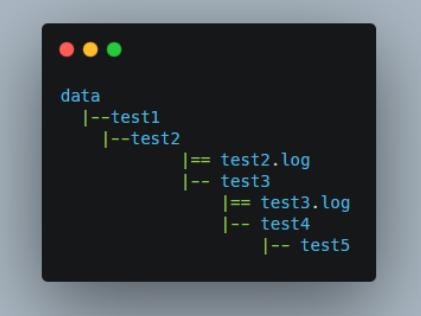 9
9
- java io文件操作删除文件或文件夹的方法
- 618天前
相关推荐
热门关注
-
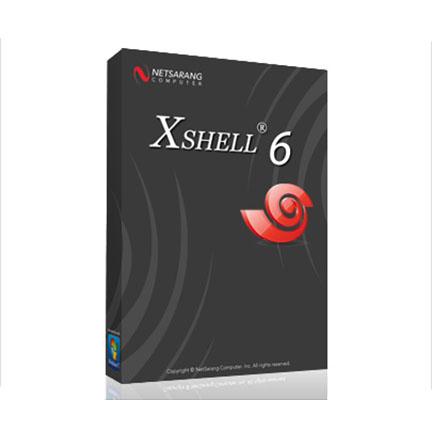
- Xshell 6 简体中文
- ¥899.00-¥1149.00
-
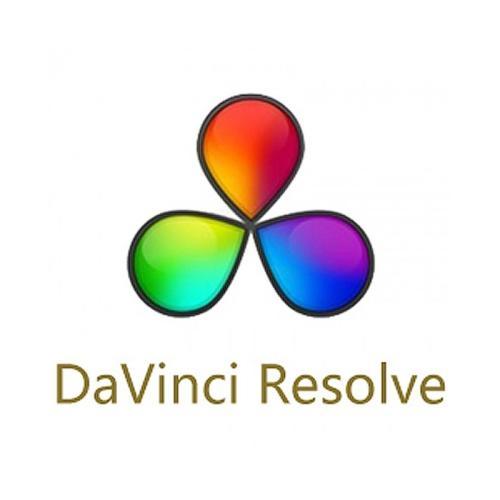
- DaVinci Resolve Studio 16 简体中文
- ¥2550.00-¥2550.00
-

- Camtasia 2019 简体中文
- ¥689.00-¥689.00
-
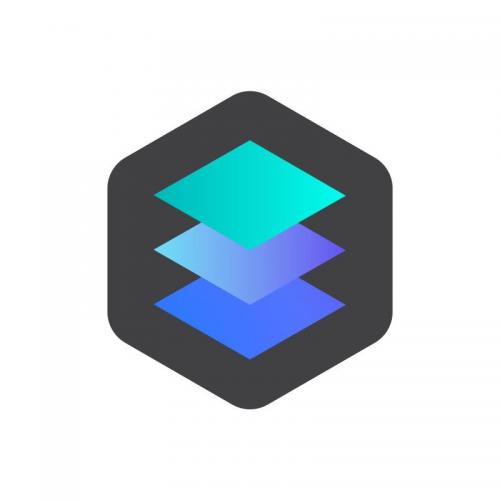
- Luminar 3 简体中文
- ¥288.00-¥288.00
-

- Apowersoft 录屏王 简体中文
- ¥129.00-¥339.00